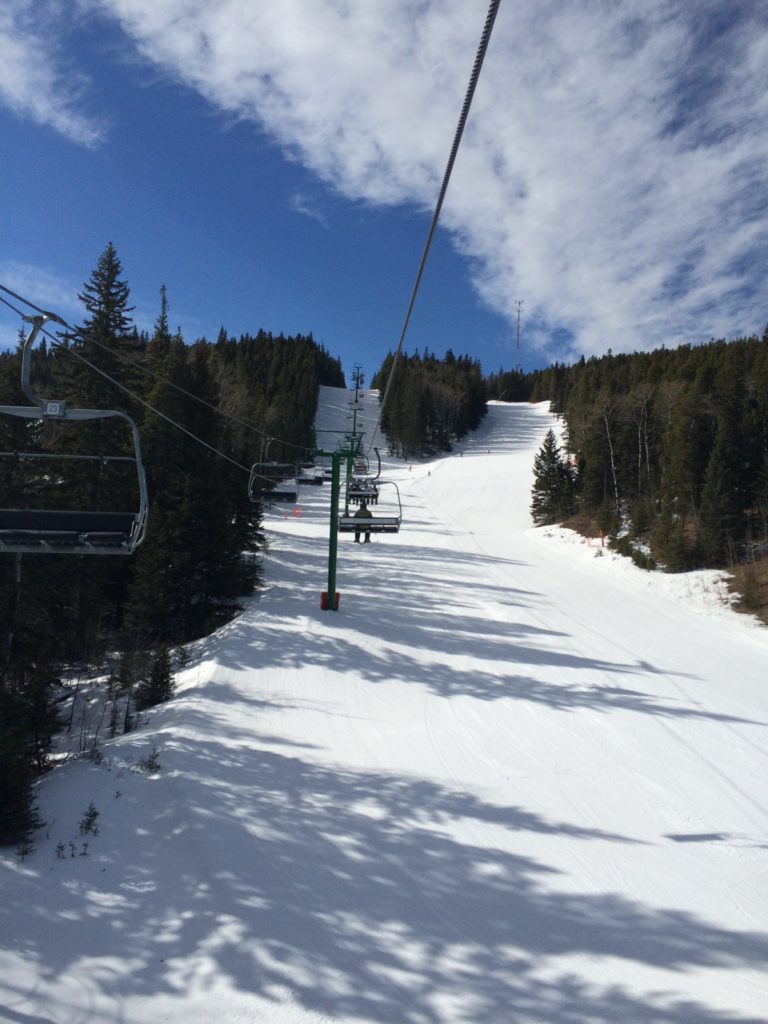

When Boyd proposed his plan to clear the hillside above the golf course and install a chairlift, bankers across St. On their flight home, Boyd told his wife, Missi, “We have a hill about as big as that at Hidden Valley, and we have plenty of rain.” But he noticed that thousands of people were still clamoring to ski. As he carved his first turns at tiny Homewood Mountain, rain poured down. At 26, he was the proud owner of a struggling nine-hole golf course at Hidden Valley, which he’d bought right out of college for $250,000. It all started on a wet, wretched day in Lake Tahoe, California, in 1978, on Boyd’s first ski trip. “He has a relaxed demeanor, but underneath he is intensely competitive.” Louis and building a ski company like Tim has,” says Michael Berry, president of the National Ski Areas Association. “Few in this industry think of someone coming from St. My decisions are more pragmatic and less emotional.” “I never really have liked skiing, but I’m passionate about the ski business,” Boyd, a trim 60-year-old with close-cropped gray hair, tells me while seated in his office, a converted two-story A-frame house overlooking Hidden Valley. And here’s the really surprising thing: Boyd doesn’t even ski, treating his business less as a labor of love than as a money-churning chain. It may soon go public, with Boyd considering a $100 million IPO.

That winter, some 1.8 million skiers visited Peak Resorts properties, and the company recorded $98 million in revenue, ranking it among the nation’s top five ski outfits in both categories. The newest, Wildcat Mountain in Pinkham Notch, New Hampshire, was acquired in October 2010. Missouri entrepreneur Tim Boyd opened Hidden Valley 30 years ago, and now Peak Resorts, Boyd’s firm, operates a total of 12 ski areas, the most in the country. IT ALL SEEMS SO small, friendly, and Midwestern, but Hidden Valley, with its 19 average inches of snowfall per year, is home to one of the ski industry’s most rapidly expanding companies. “Then I finally did and thought, Why haven’t I been coming here? It’s so much fun.” “When I moved back, I did the snobby thing and said, ‘I don’t ski at Hidden Valley,’” says Luebben. She returned home to Missouri in 1995, after living in Park City, Utah, for four years. The safety squad here is comprised mostly of middle-age professionals, including a fireman with mutton chops, a nurse, and Beale Luebben, 51, who works for a home-inspection firm by day. Our next stop is the patrollers’ hut, which houses zero woolly-faced, wind-burned ski bums. We ski over a well-groomed run not far from a metal shed where families refuel on nachos, chicken strips, and a St. “It’s beautiful up here,” he says, “especially at night with the view of the city lights.” Arnold is touting Hidden Valley’s night skiing, which includes red-eye runs till 3 a.m. My guide is 24-year-old ski patroller Dan Arnold, a clean-cut Missouri native wearing black-frame glasses and a weathered baseball cap. Astonishingly, I’m carving man-made corduroy at Hidden Valley mountain, in Wildwood, Missouri-which, at elevation 860, offers a grand total of 310 vertical feet. In the distance stands not a ridge of jagged peaks but St. A dude on a snowboard whizzes by in a gorilla suit. Around a bend I see the Carhartt brigade, decked out in camo hats, orange hunting vests, and welding goggles. Nearby, teens rocket out of the terrain park, pulling 360s.

First I see a mom and her two daughters tracing perfect S curves, dressed in sleek North Face soft shells and woven beanies.


 0 kommentar(er)
0 kommentar(er)
